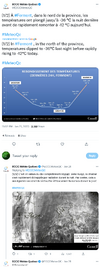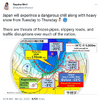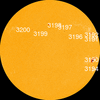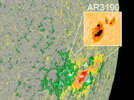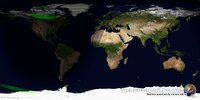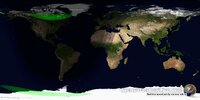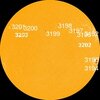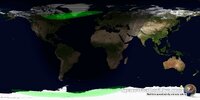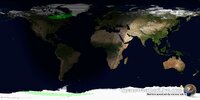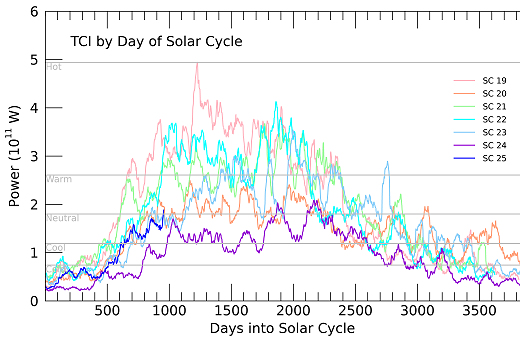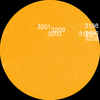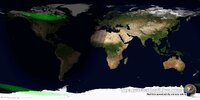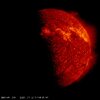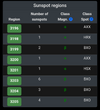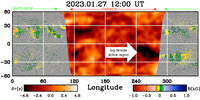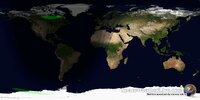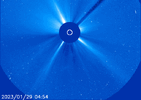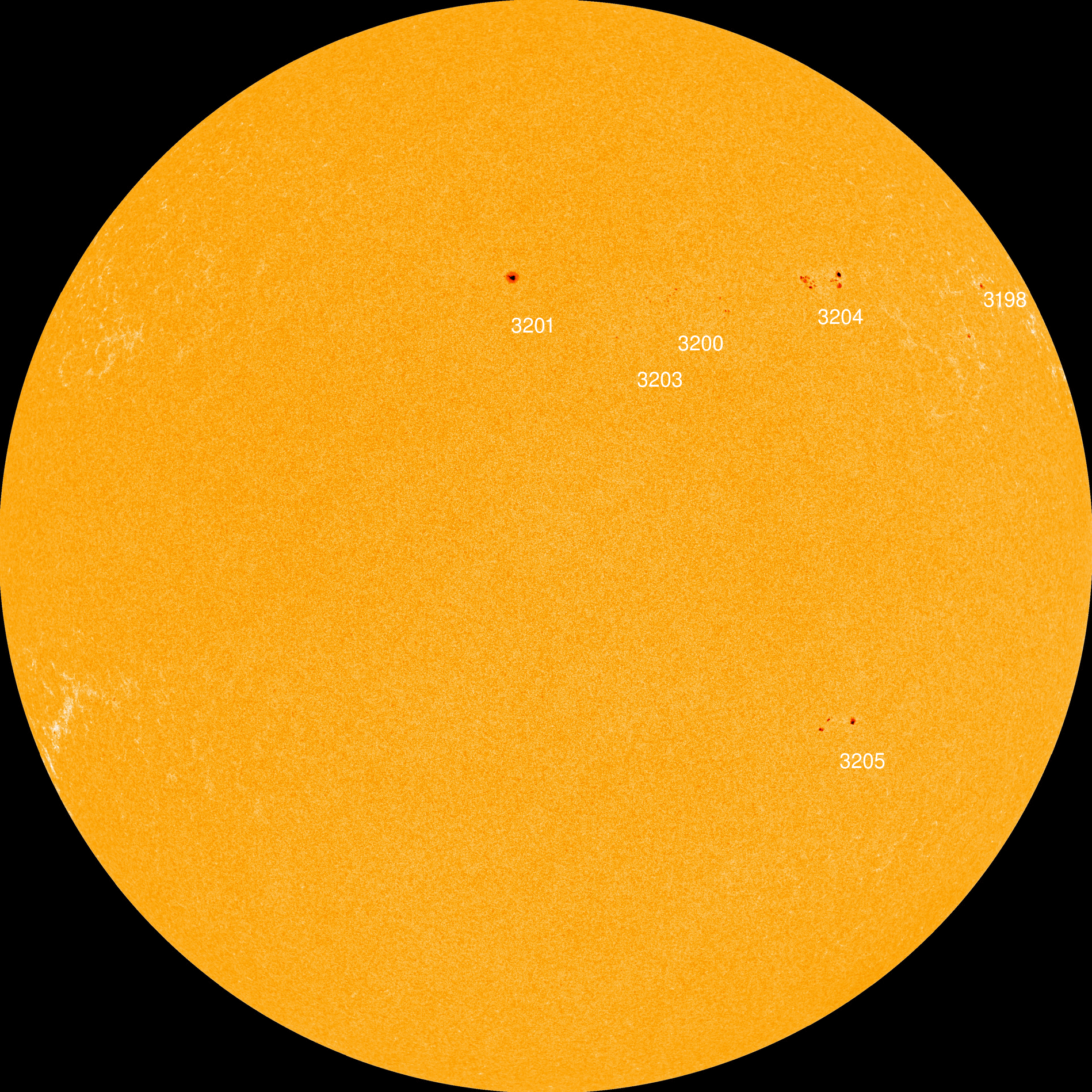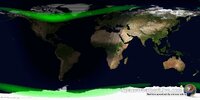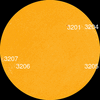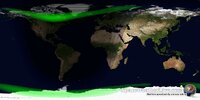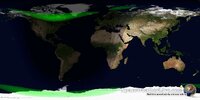SOLAR CYCLE 25 ACTIVITY REPORT FEBRUARY 02/2023
Solar activity has been at low levels for the past 24 hours. The largest solar event of the period was a C5.7 event observed at 22:48 UTC from AR3204 (N24W90)
January 2023 monthly average sunspots was published by NOAA
Solar Cycle Pregression
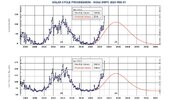
Sunspot Number Monthly values: 143 .6
Predicted values: 63.4
Solar Flux Monthly values: 182.5
Predicted values: 100.4
January’s averages (SSN= 143; F10.7 = 182) are higher than any single month from cycle 24. We have more spots than predicted, but also those spots are more complex according to NOAA. So why did some regions with beta-gamma-delta configuration not burst into large flares? It's still a mystery... or is it?
There are currently 6 numbered sunspot regions on the solar disk:
AR3201,
AR3204,
AR3205,
AR3206,
AR3207 and new region
AR3208 (N16E49) None poses a threat for strong solar flares.

The total number of sunspots has increased to 89 (29 of these are grouped into 6 active regions) NOAA forecasts for the next 24h: 75% chance for C flares, 10% chance for M flares and 1% chance for X flares. NOAA's forecast has reduced the likelihood of strong flares because all regions have stable magnetic fields.
● Auroral Activity
The geomagnetic field has been at quiet to active levels for the past 24 hours. Solar wind speed reached a peak of 482.9 km/s at 01:08 UTC on February 01
Active geomagnetic conditions (Kp4) threshold reached: 02:59 UTC on February 02 Maximum planetary index: Kp 4
WEAK CME IMPACT: An unexpected CME hit Earth's magnetic field today, Feb. 1st, at 18:54 UTC (
data). This may have been one of many CMEs that left the sun in recent days (
watch this movie) but which, initially, did not appear to be Earth directed. Minor
G1-class geomagnetic storms are possible in response to the weak impact. SpaceWeather.com
Aurora Oval

● Current Conditions at 05:10 UTC on February 02
▪︎Geospace active
▪︎Geomagnetic conditions now Kp 4
▪︎Solar wind speed record: 410.8 km/sec
▪︎density: 4.65 protons/cm3
▪︎Neutron Counts today: +2.2% Elevated
▪︎X-ray Solar Flare: C5 at 22:48 UTC
▪︎Sunspot number: 89 (SN 65 Feb 01)
SpaceWeather.com
SpaceWeatherlive..com
COMET 96P UPDATE
